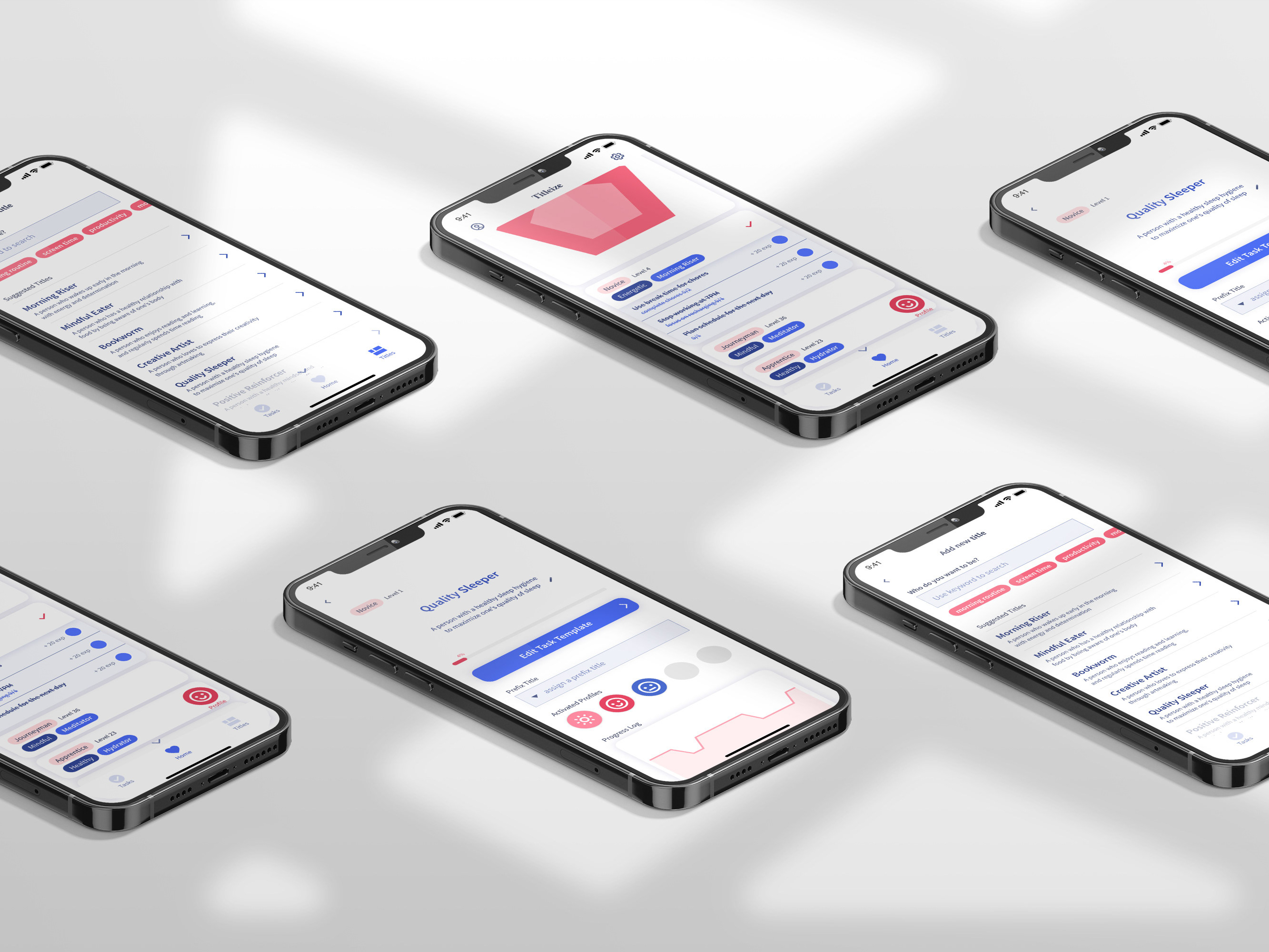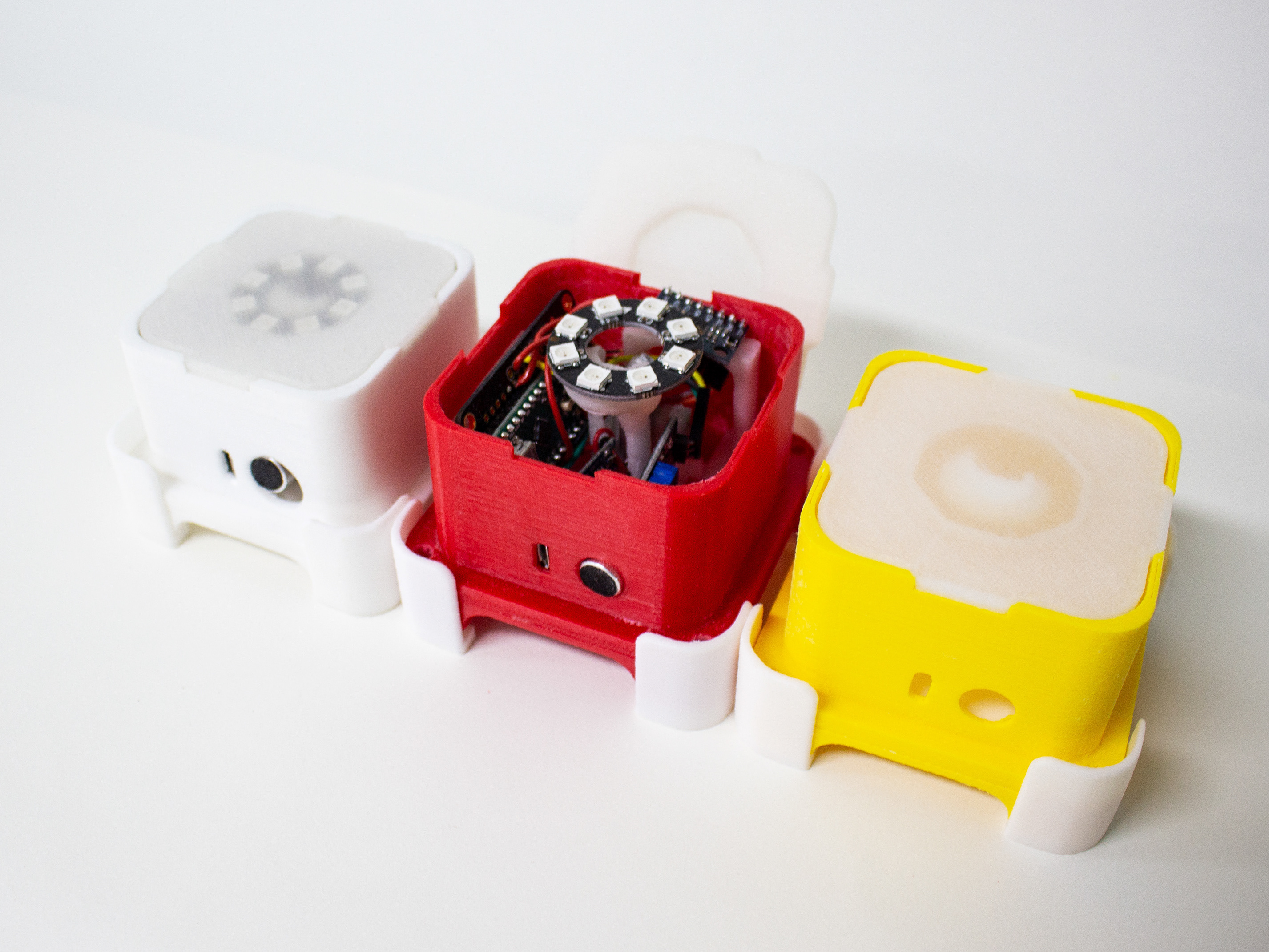Contextual Inquiry & Consulting
for virtual communication among
high school stakeholders
for virtual communication among
high school stakeholders
Project Type: Group [4 members]
Duration: September 2020 — December 2020
My Role: Project Manager, UX Researcher, UX Consultant
Client Summary
Our client was the Communications and Marketing team of a school community district, consisting of multiple high schools in its area. The C&M team’s main priority was to coordinate and produce content for families, students, and staff in their district using various communication outlets. They have served 23 schools consisting of elementary, middle, and high schools, and an alternative program with a team of ten. About 17,478 students were in the community district for their recent school year. Thus far, the communications and marketing team has developed many platforms to keep parents, students, and staff informed to serve their community at best; such platforms include the main website, podcasts, eNotifications, Twitter, Instagram, Facebook, and Youtube. Since the pandemic began in March 2020 due to COVID-19, the department has been greatly challenged by students, parents, and teachers to maintain meaningful and transparent two-way communication.
Our Role
We used a contextual inquiry process to reveal various strengths and improvements with chosen platforms by conducting high-level interviews with 2 high school parents, 2 students, 2 teachers/administrators. We compiled several key findings and recommendations from further data analysis. As a final deliverable, we gathered a report discussing detailed findings related to the context, successes, and challenges for two-way communication between district administration, parents, teachers and students.
Project Statement:
The aim of this contextual inquiry is to
provide findings and recommendations
for the school community district to
improve their two-way communication system
that better engages with stakeholders.
provide findings and recommendations
for the school community district to
improve their two-way communication system
that better engages with stakeholders.
Discovery:
C&M team's focus should be “Quality over Quantity” of the communication channels
Contextual Inquiry
Our team executed a contextual inquiry approach to pinpoint the root problems and ideate
meaningful solutions to improve P-CCS’s two-way communication system with high school
stakeholders. Through contextual inquiry, we collected qualitative data and analyzed the data to provide recommendations.
Data Collection 1:
Background research
Background research
After meeting with the C&M team, our team conducted background research to access the communication issues at a high-level. This included synthesizing current information related to COVID-19 state policies and its effects on public schools, and local news of stakeholders’ reaction to district’ adaptation to these COVID-19 policies. Moreover, we synthesized some of the best practices of online communication as well as digital user experience design.
In addition to the background research, I performed a literature review on behavior science and cultural changes to digital communication platforms to understand the "why" of the stakeholders' lack of two-way communication.
Data Collection 2:
Stakeholder Interviews
Stakeholder Interviews
To collect further data, our team conducted qualitative interviews with the district's
stakeholders. In total, we interviewed 6 stakeholders from different groups: two high school students, two parents who have children who are in high school as part of the school district, and two teachers/administrators. Interviews were conducted online via Zoom and lasted about 60 to 90 minutes each.
Interviews focused on how students, parents, and teachers/administrators each communicate with the school district differently and their reasons to provide feedback. Interviewees also walked through how they navigate the district online resources, mainly their district website. After each interview, our team debriefed to record and discuss the details of each interview. We gathered the annotated notes and key takeaways from the interview for the analysis stage.
Data Analysis:
Affinity Mapping
Once all interviewers were complete, our team compiled all affinity notes. In total, there were about 316 data points. These data points were analyzed via affinity mapping. We used Miro, an online data visualization and brainstorming tool, to record each affinity note into a sticky note. Then, each sticky note was interpreted and sorted by similarity in the subject matter.
Through affinity mapping, our team conceptualized reoccurring and detailed themes. We then conducted another round of analysis using our affinity map to condense these themes and sort them into higher-level key findings. Our team used these key findings to brainstorm potential recommendations to improve the district's two-way communication system. Brainstorming included iterating over several ideas, conceptualizing a rubric to score each recommendation, and then voting as a group to decide which recommendations are the most relevant, impactful, and feasible for the C&M to implement.
Through our process of Contextual Inquiry, we found 4 key findings related to the context,
successes, and challenges for two-way communication between P-CSS administration, parents, teachers and students.
Based on the four findings, we compiled three key recommendations along with detailed explanations and examples to improve two-way communication between district school's administrators, parents, teachers and students.
We suggested that following a consistent style and formatting system among all channels will help reduce the amount of confusion, insufficient content, and information overload. In terms of the official website, a website redesign that includes a more atomized website structure can help stakeholders to get accurate information quicker and easier. Likewise, eliminating underused and unnecessary communication channels will help to redirect focus on a smaller number of more robust, more used channels. With the limited resources of the C&M department, we suggested to have a “quality over quantity” mindset.
THANKS FOR WATCHING
soojc@umich.edu
soojc@umich.edu
serisse.myportfolio.com



